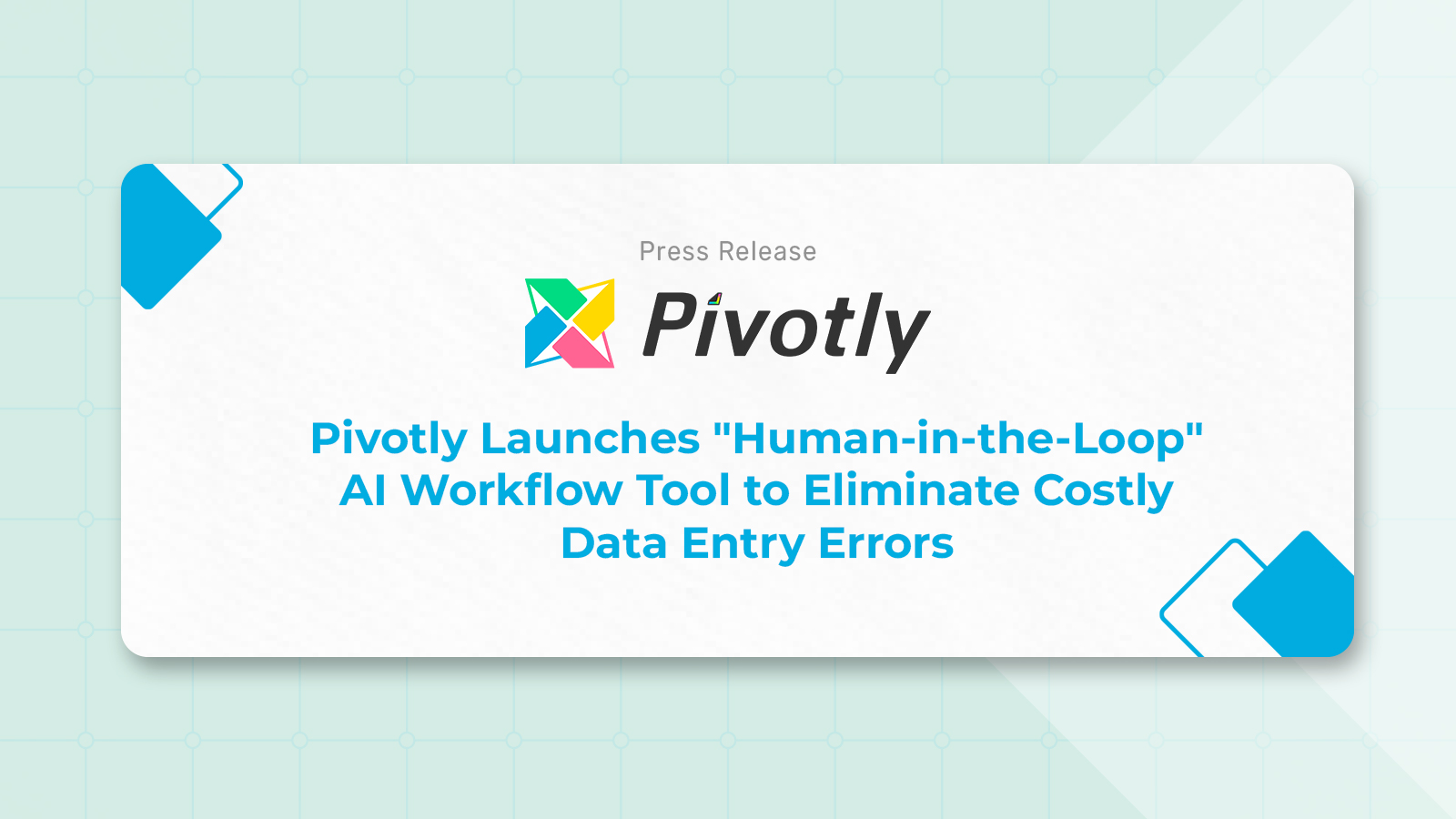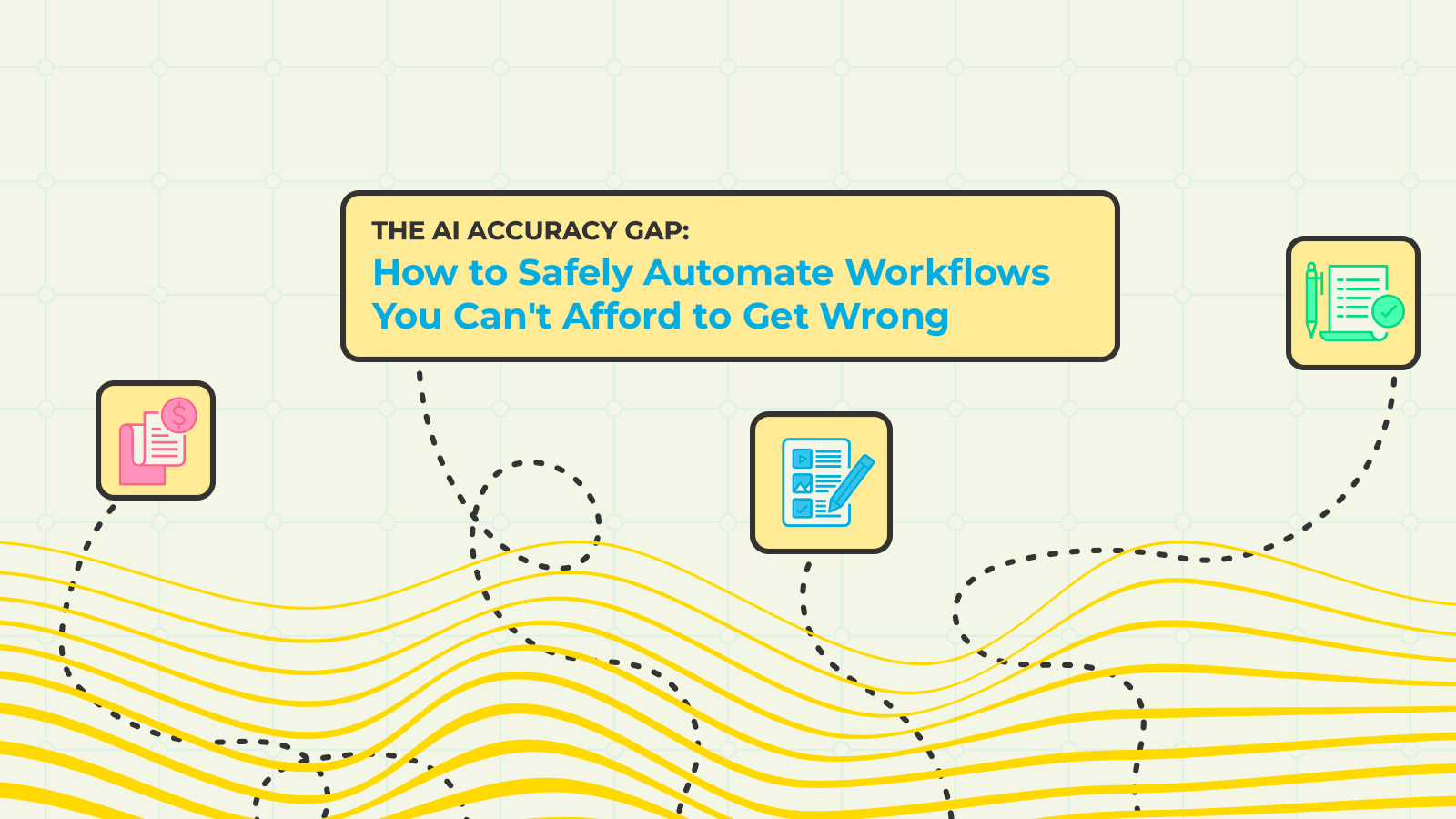From Confusion to Clarity: Why Field Ops Need Purpose-Built Tools
Your field technicians are the face of your company, but what tools are you putting in their hands? Too often, they’re forced to juggle a clumsy collection of generic apps: one for scheduling, another for invoicing, and a third for communicating with dispatch. This digital juggling act doesn’t just frustrate your team; it creates operational drag, introduces errors, and makes true operational visibility impossible.
For leaders, achieving genuine operational visibility—a clear, real-time, and comprehensive view of your entire field service lifecycle—is the ultimate goal. Yet, it remains elusive. You’re trying to manage a complex, moving puzzle with pieces of information scattered across disconnected systems. Generalist platforms promise a one-size-fits-all solution, but they end up fitting no one well. They introduce unnecessary complexity and force your team to work for the software, not the other way around.
The core failure of this approach is that it fractures your view of the business, destroying any hope of holistic operational visibility. The alternative? A custom-fit workflow designed specifically to connect your data, streamline your processes, and deliver the clarity you need.
Here are three reasons why purpose-built tools outperform generic platforms every time.

1. They Deliver Clarity, Not Confusion, at the Point of Service
The Problem with Generalist Tools: A technician arrives at a job site, and their visibility is immediately compromised. They open a generic scheduling app for the address, then switch to a separate notes app to find the customer’s complaint. They need to check parts inventory, so they have to call dispatch, hoping someone has the right information. This “swivel chair” approach is a direct result of a lack of situational operational visibility. The technician, your most critical asset in the field, is information-blind. They cannot see the full job history, real-time parts availability, or previous technical notes, forcing them to waste precious time hunting for information instead of fixing the problem.
The Power of a Purpose-Built Workflow: Imagine a different scenario where the goal is to maximize the technician’s operational visibility. A purpose-built tool, powered by robust backend integration, delivers a 360-degree view of the job on a single screen. This includes:
- Smart scheduling & dispatching data integrated with the customer’s complete service history.
- Mobile access for technicians that shows real-time parts inventory from the warehouse and what’s on their truck.
- Features for job quoting & service agreements, allowing them to see previous agreements and create new ones based on accurate information.
- The ability to complete the job and process payment with integrated invoicing & payments.
This level of clarity is not a luxury; it’s a necessity for first-time fix rates, efficiency, and customer satisfaction. This seamless experience is made possible by a powerful API integration strategy that acts as a data silos solution. It ensures the integration complexity is handled behind the scenes, delivering complete operational visibility to your team at the edge.

2. They Replace Guesswork with Data-Driven Operational Visibility
The Problem with Generalist Tools: As a manager, you’re flying blind because your operational visibility is fragmented at best. You want to know where your team is, the status of critical jobs, and your profitability for the day, but the data is scattered everywhere. Fleet tracking data is in one system, job status in another, and financial data in a third. Getting a clear picture requires a painful, manual ETL (Extract, Transform, Load) process of exporting spreadsheets and trying to stitch them together. This manual effort is slow, error-prone, and a massive drain on resources.
The Power of a Purpose-Built Workflow: A purpose-built solution is designed to deliver a single pane of glass for management. By leveraging an IPaaS (Integration Platform as a Service) approach, it connects all your data streams into a unified, real-time dashboard. This unlocks multiple layers of operational visibility:
- Real-Time Fleet and Job Visibility: Go beyond just seeing a dot on a map. True operational visibility means you see the technician’s location, their current job status, their estimated completion time, and their next assignment. This allows dispatchers to make intelligent, dynamic decisions—rerouting technicians to urgent jobs or optimizing routes to save fuel and time.
- Financial Visibility: By integrating service data with financial systems, you can see the real-time profitability of every single job. You can analyze which service types are most profitable, which technicians are most efficient, and where you are losing money. This is the level of operational visibility that turns a cost center into a profit driver.
- Performance and Growth Visibility: With clean, centralized data, your reporting & analytics for business growth become powerful strategic tools. You can track key metrics like first-time fix rates, technician utilization, and customer satisfaction trends over time. Strong master data management and data governance ensure the data is trustworthy, allowing you to confidently make strategic decisions.

3. They Build Trust and Drive Adoption Through Transparency
The Problem with Generalist Tools: Here’s the simple truth: if a tool is unreliable or hides information, technicians won’t trust it. They’ll find workarounds, leading to poor data quality and low adoption rates. When a generic app is slow or presents conflicting information, you’re not just creating inefficiency; you’re telling your team you don’t trust them with good tools, and in return, they won’t trust the data the tools provide.
The Power of a Purpose-Built Workflow: Trust is a direct byproduct of clear and reliable operational visibility. When a tool is designed for the technician’s specific reality, it becomes an enabler, not a burden.
- Trust in the Data: When a technician sees that the parts inventory in their app is always accurate and the job history is complete, they begin to trust the system. This confidence makes them more likely to use the tool consistently and correctly, which in turn improves the quality of the data they generate.
- Trust Between a Manager and a Technician: Operational visibility also fosters organizational trust. When a manager can clearly see the challenges a technician is facing on a job—a specific error code, a part delay—they can offer support proactively instead of questioning delays reactively. This transparency builds a culture of mutual trust and support, rather than one of suspicion and micromanagement.
This reliability comes directly from a well-designed backend that eliminates data silos and ensures that the right information is visible to the right person at the right time.

The Clear Path Forward
Don’t let your team struggle in the dark. The confusion, inefficiency, and frustration plaguing your field operations are symptoms of a single core problem: a lack of operational visibility. Investing in a custom-fit, connected workflow is the most effective way to solve this. By breaking down data silos and delivering clarity to everyone from the field technician to the executive suite, you improve speed, drive adoption, and build a foundation of trust that pays dividends across your entire operation.
Ready to see what true operational visibility looks like for your team? See how Pivotly fits your team


